In today's world of power-hungry smartphones, tablets and laptops, a fast charger is no longer just a nice-to-have item — it's a must-have. With many devices no longer including a charger in the box (yes, we're looking at you, iPhone 16), grabbing a reliable wall charger can save you the hassle of trying to find one when your battery hits that dreaded 1 percent. And the best part? You don't have to clutter your space with different chargers for every device, as one fast charger can often handle them all.
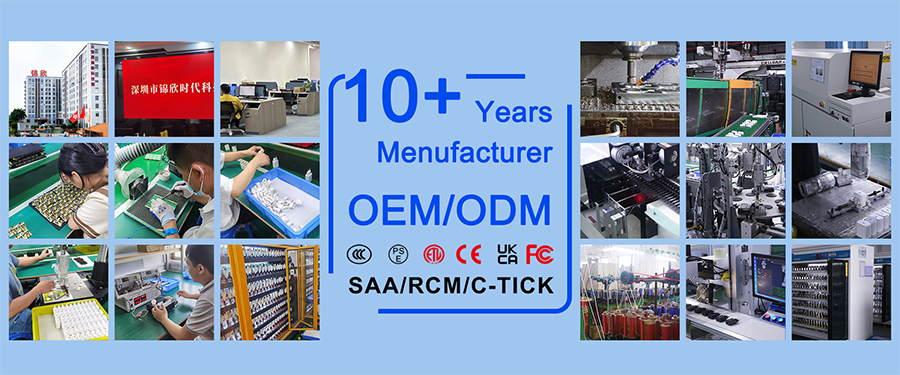
Whether you're looking for something compact and foldable to toss in your bag, a dual-port charger to power up both your phone and tablet at the same time or a super fast charging option for your laptop, there's a fast charger for every need. Modern adapters come in all shapes and sizes, from fast wall chargers for home use to power banks for charging on the go, and even hubs that can charge multiple devices at once. You'll also find Type-C chargers becoming more common, thanks to their faster charging speeds and near-universal compatibility with most new devices.
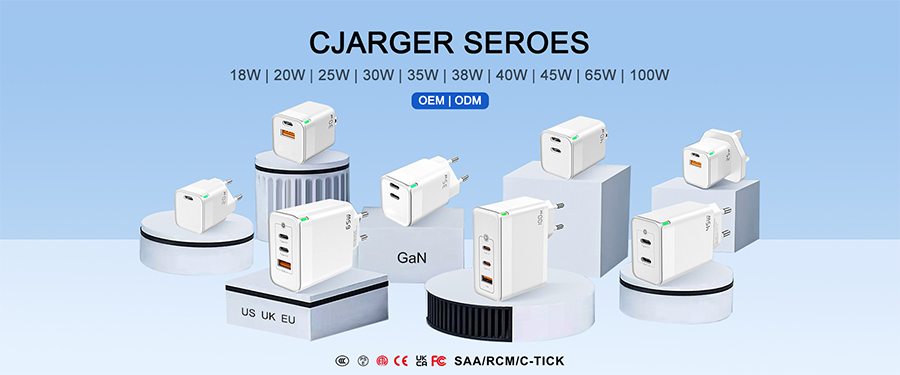
While they do generally require more power, fast chargers don't always have to be plugged into the wall either. There are plenty of fast wireless charging options, too. No more fumbling with connectors or cables when you're in a rush. Just place your device on a charging pad, and you're good to go.
When it comes to charging small devices, 30 watts is by far the most popular as it covers most cell phones along with some larger devices like the Nintendo Switch. In our testing, all of the 30-watt chargers performed equally well, with each one able to get the iPhone to around 80 percent battery charge in less than an hour while also completely refilling the Galaxy phone in 60 minutes. However, as you can see, these smaller, low-wattage bricks struggled to refill both the XPS 13 and especially the MacBook Pro. Yes, you can do it, but it's rather sluggish (the XPS 13 even surfaced a slow charger notification), and because I tested each device while idle, there's a good chance these chargers may not be able to keep these laptops topped up while under load.
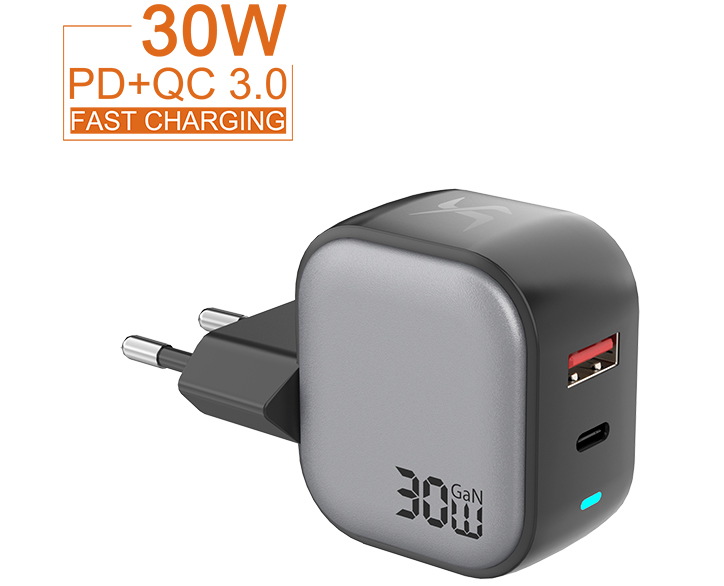
However, the one thing that sticks out is the performance of Apple's 20-watt brick, whose lower output caused it to lag behind — every other adapter provided faster charging. While it was able to keep up with rival devices when refilling the iPhone, its wattage is so low it couldn't even trickle charge the XPS 13. Dell's power management did not even recognize that a charger was plugged in. That means this adapter is much less useful if you need to quick charge more power-hungry gadgets in a pinch. And I should mention I didn't bother testing the old 15-watt Apple power cubes, which can't even support the iPhone's full 20-watt charging speeds. Anyone still using one of those really ought to upgrade to a fast wall charger.
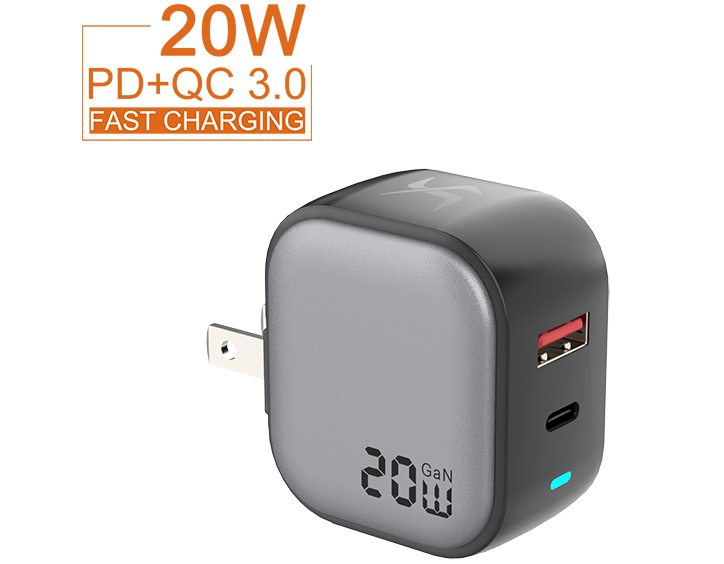
Charging speeds
Charging speeds for various 30-watt power adapters when connected to a Dell XPS 13.
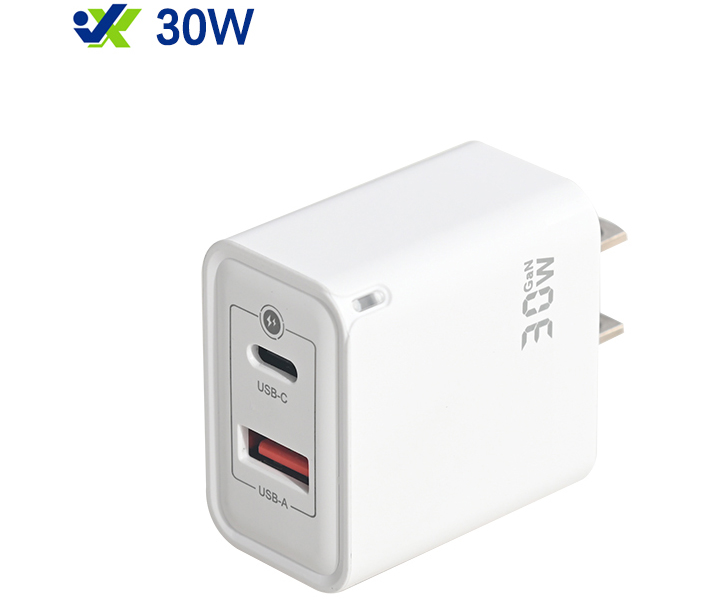
Best 65-watt charger
Number of ports: 3 | Ports: 2 x USB-C. 1 x USB-A | Dimensions: 2.89 x 2.1x 1.18 inches | Compatibility: Phones, tablets, laptops | Cable: Not included | Charging speed: 65W
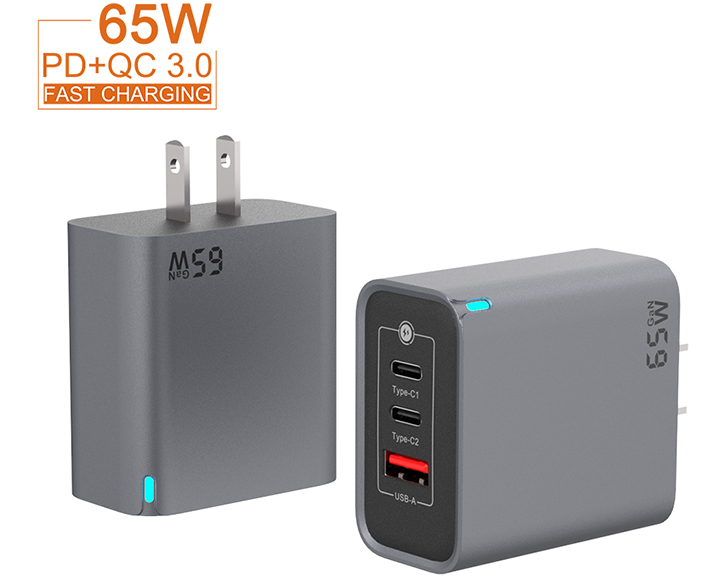
Here's where things start to get interesting because while a number of these chargers have similar power outputs (aside from the Samsung 45-watt brick, of course), the actual results were a bit more varied. Both the Nekteck and the Belkin only managed to get the Galaxy phone to around 80 percent battery after an hour, compared to the Anker, Samsung and Satechi chargers which all hit 100. This suggests that both chargers aren't properly communicating with Samsung's phone in order to take advantage of its super-fast charging speeds, which I was able to confirm by using a USB-C volt meter. Meanwhile, as expected, Samsung's 45-watt charger did great when connected to the Galaxy handset, but its lower output meant it could not keep up with the 60 and 65-watt bricks.
Best 100-watt and up charger
Number of ports: 4 | Ports: 2 x USB-C, 2 x USB-A | Dimensions: 2.44 x 3.03 x 1.26 inches | Compatibility: Phones, tablets, laptops | Cable: 2M Type-C to Type-C included | Charging speed: 100W
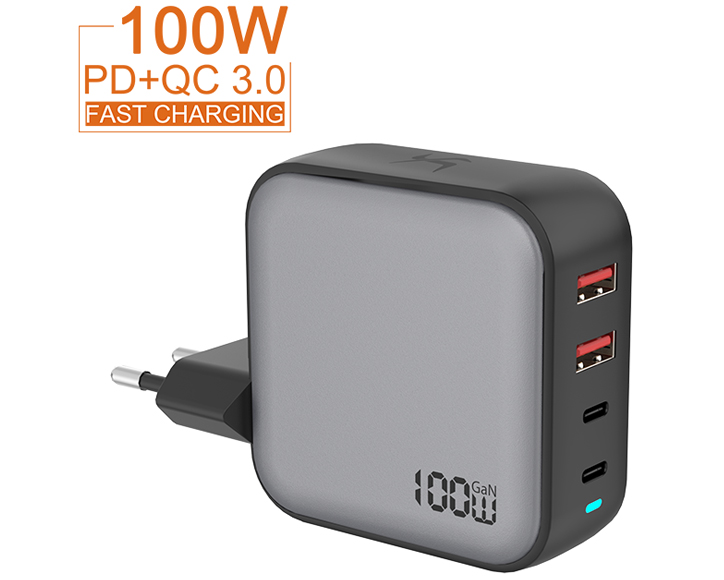
How we tested fast chargers
The methodology for my fast charging experiment is intended to be as straightforward as possible. I drained each device to 10 percent battery, plugged in a power brick and then recorded the amount of charge added every 10 minutes for an hour. Each adapter was plugged directly into a standard 120-volt outlet (without the use of a power strip or any extension cords), and when possible I used the cable that either came included with the battery charger or one made by the same manufacturer as the device. If that wasn't an option, I used certified 100-watt USB-C cables made by Anker, Apple and others.
What is GaN?
When looking for chargers, you may notice that some are marked as GaN, which stands for gallium nitride. This is an important distinction because, compared to older adapters that use silicon switches, GaN-based devices support increased power efficiency and output, allowing manufacturers to create more compact chargers that run cooler and support higher wattages. Depending on the specific power output, GaN chargers can be 30 to 50 percent smaller and lighter than silicon-based alternatives. That might not sound like much, but when they're sitting in a bag alongside a laptop, phone and any other accessories you might have, cutting down on excess bulk and weight can go a long way.
Fast chargers we tested
With so many different chargers of varying power outputs to test, I broke things down into three categories. There are the 30-watt and under chargers, which are primarily designed for smartphones and other small mobile devices. Then we move up to 45 to 65-watt chargers (give or take a watt or two) that can handle things like phones along with a number of thin and light laptops. Finally, we have chargers that output 100 watts or more, which are good for pretty much anything besides the biggest and most power-hungry gaming laptops. Many of these higher wattage adapters also feature multiple ports, so can you top up additional devices at full speed. However, because not every power brick supports multi-device charging, I didn't include that as a testing metric.
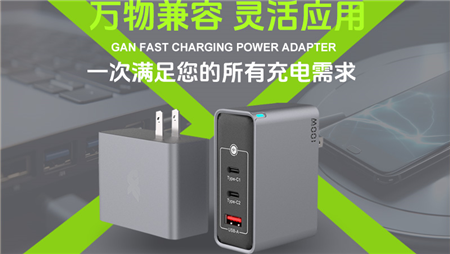


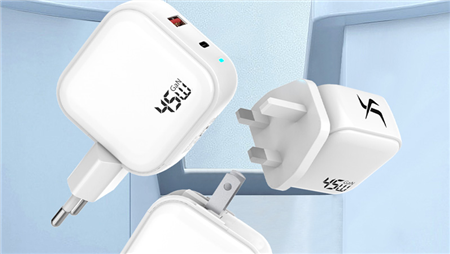


 whatsapp
whatsapp
 Weixin
Weixin